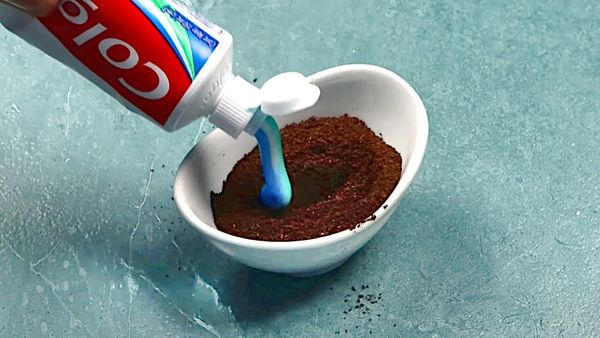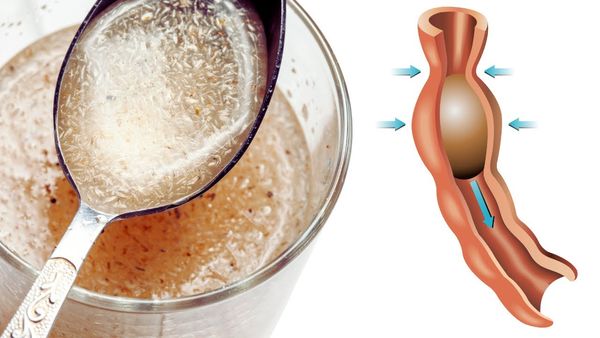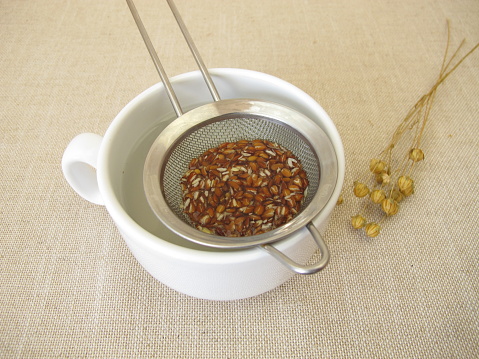If you’re looking for a simple, yet effective way to pamper your feet, look no further than your kitchen pantry. Baking soda, a humble household staple, might just be the foot care secret you’ve been missing. Here’s how using baking soda on your feet can yield truly surprising and delightful results!
Why Baking Soda?
Baking soda, or sodium bicarbonate, is well-known for its versatility in cooking, cleaning, and even personal care. For feet, it offers several benefits:
- Deodorizing: It neutralizes foot odor by balancing pH levels, keeping your feet fresh.
- Softening: Smoothens rough calluses and heals cracked heels.
- Antifungal Properties: Helps prevent foot infections like athlete’s foot.
How to Use Baking Soda on Your Feet
- Baking Soda Soak: Dissolve 3-4 tablespoons of baking soda in a basin of warm water. Soak your feet for 15-20 minutes. The soak will cleanse and deodorize your feet, leaving them feeling refreshed.
- Baking Soda Scrub: Mix 2 tablespoons of baking soda with water to create a thick paste. Gently scrub your feet, focusing on rough spots and calluses. This scrub will help exfoliate dead skin cells and soften your feet.
- Baking Soda and Lavender Foot Bath: Enhance your foot soak by adding a few drops of lavender essential oil to the baking soda mixture. This not only adds a relaxing fragrance but also increases the anti-inflammatory benefits.
What You Can Expect
After regularly using baking soda on your feet, here’s what you might notice:
- Reduced Odor: Say goodbye to unpleasant foot smells.
- Softer, Smoother Skin: Your feet may feel softer and look more appealing.
- Less Irritation and Itching: If you suffer from skin irritations or fungal infections, there might be noticeable relief.
Tips for Best Results
- Consistency Is Key: For lasting effects, incorporate baking soda into your foot care routine a couple of times a week.
- Rinse Well: Make sure to rinse your feet thoroughly after using baking soda to avoid any residue.
- Moisturize: After your baking soda treatment, apply a good moisturizer to keep your feet soft and hydrated.
Conclusion
Baking soda is more than just a kitchen ingredient; it’s a full-fledged beauty and health treatment for your feet. With its natural cleansing and deodorizing properties, it’s an inexpensive yet effective way to take care of your feet. Give it a try, and you might just be surprised at how much your feet can benefit from this simple remedy!









